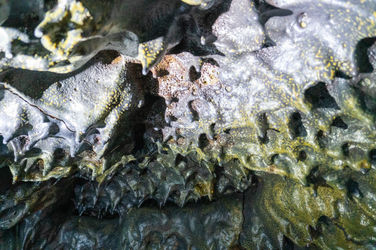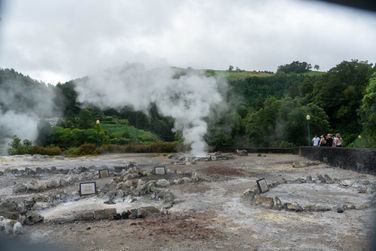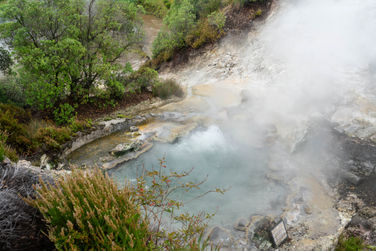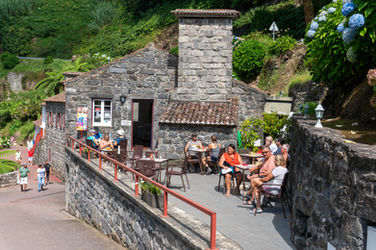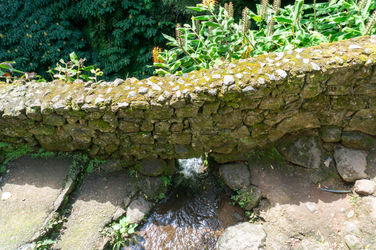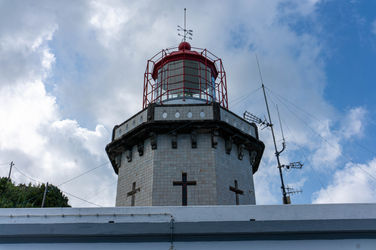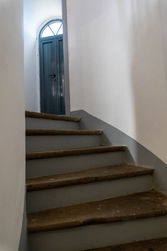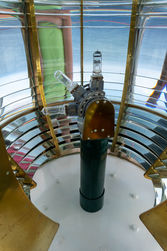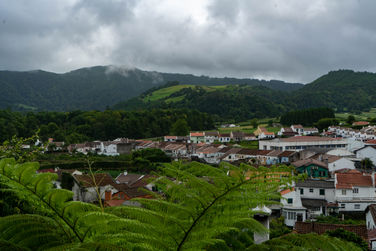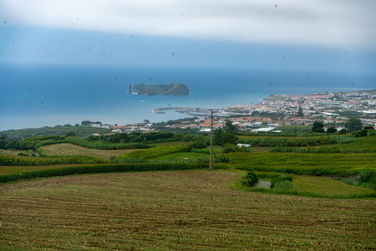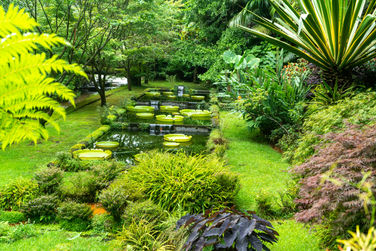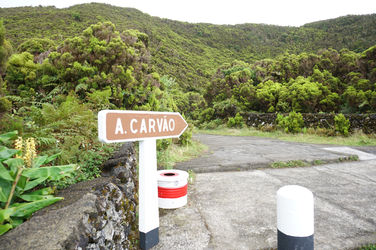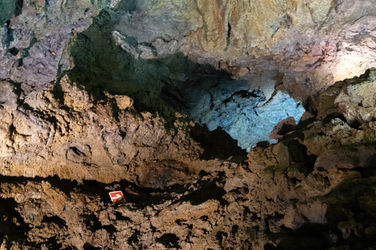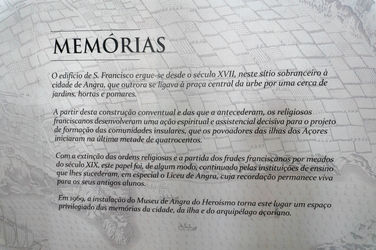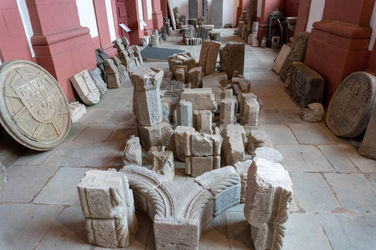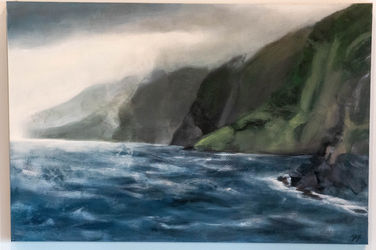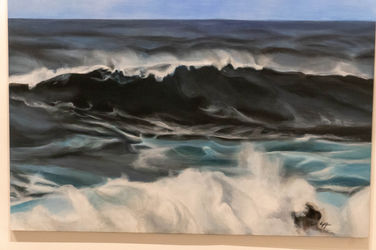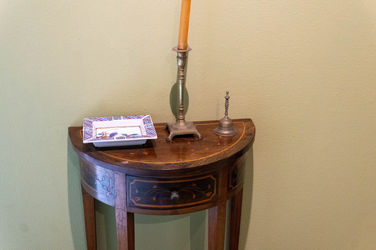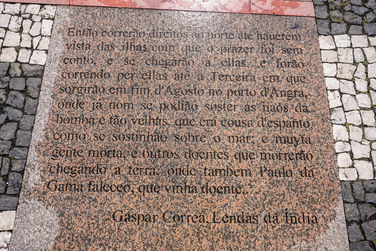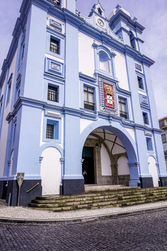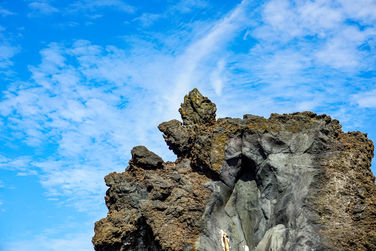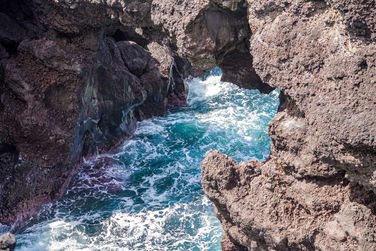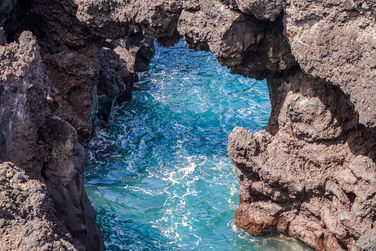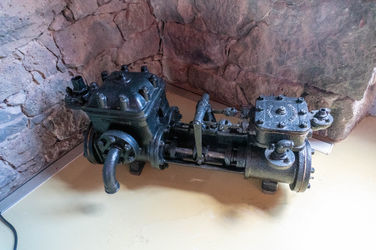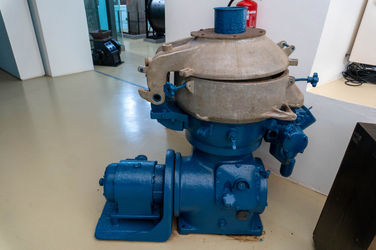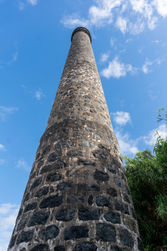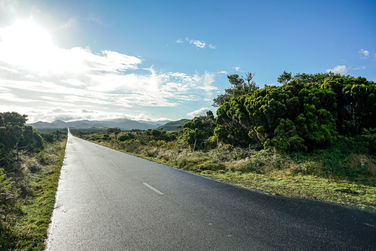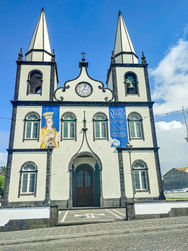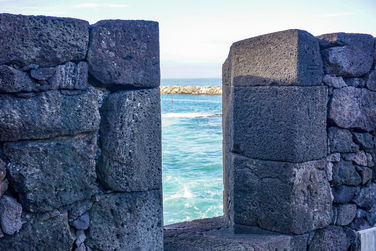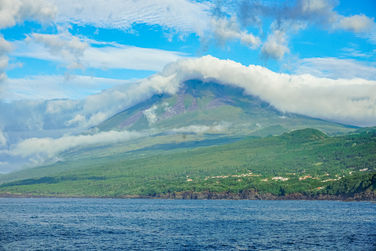
Mike's Travel Adventures
Sao Miguel Island
ATV Ride
Quad Biking Tour - Sete Cidades from North Coast (Half Day) The guide takes you off the beaten path to take in great views of the Sete Cidades Crater and off-road spots that aren't easily reached by normal vehicles.
Gruta do Carvao
The Gruta do Carvão is an ancient lava tube located on the outskirts of the municipality of Ponta Delgada. Gruta do Carvão (or Charcoal Cave) is one of the most important volcanic cavities in the Island of São Miguel. It was classified as a Natural Monument of the Azores by the Regional Government in May 2005.In April 2007 it started to welcome visits from schools and organized groups, and the general public the following August. It’s possible to visit one of the sections of the cave upstream with the length from 200 m to 800 m (656 to 2.624 feet) by appointment only. The Cave has a Visitors’ Center.
Portas de Cidade
The Portas da Cidade (“City Gates”) are located in the parish of São Sebastião. Built in the 18th century next to the extinct pier of Ponta Delgada, consisting of three imposing arches decorated with symbolic elements, such as the Royal Coat of Arms and the City Coat of Arms. cultural landmark of great tourist interest.
Caldeiras Vulcanicas
The town of Furnas is best known for its geothermal activity and one of the best areas to see the simmering sulfurous water and boiling mud pools is the *Caldeiras Vulcânicas (Caldeiras das Furnas)*. Here, you’ll find bubbling volcanic hot springs and small geysers, all easily accessible via walkways.
Igreja de Sao Jose
The Church of São José was integrated within a former Franciscan convent, that was adapted into a hospital in the mid 19th century. Built in the 16th century, the church was provided with a new facade in the 18th century including a church porch and three layers of windows. The facade includes five base-reliefs depicting steps in the life of São Francisco, limestone sculptures and a basalt statue of the patron saint in a niche. The interior includes a set of decorative items, representative of 18th-century art.
Parque Natural de Ribiera do Caldeiroes
Ribeira dos Caldeirões Natural Park is a gorgeous park. It's located in Achada, in the county of Nordeste, and is a highly popular destination among tourists and locals alike. The park is renowned for its impressive waterfall, one of its main attractions. Additionally, it has five 16th-century watermills.Some of these mills are still operational. The park stretches along the Guilherme River, the longest river in the Azores.
Farol Ponta do Arnel
The oldest Lighthouse on Sao Miguel Island. Over 140 years old. During the late 19th century, the influential de Oliveria launched an ambitious urban plan for the islands, envisioning and directing the crafting of new roads, bridges, buildings, and this first lighthouse.
Out and About
View from the air as well as random pictures while I was out and about exploring. Streets, houses, buildings, people, artwork, landscapes, etc.
Terra Nostra Garden and Pool
While the water may resemble a giant cup of coffee, the entire park and the multiple hot springs are actually extremely well-kept, clean, and relaxing. There are several walking trails that lead you through the tree-lined grounds of the park.
Terceira Island
Algar do Cavao
Algar do Carvão, (cave of coal), is an old lava tube located at 1900 feet above sea level. It reaches a depth of approx. 300 feet. It 3000 years ago and was discovered in 1893 when the first islander lowered himself with a rope through the opening of the volcano into the lava tunnel.
Gruta do Natal
A very large cave structure, almost 2300 feet long. There are lighted walkways so that you can explore at your leisure. Very nice display of volcanic rock and minerals in the visitors center.
Miradouros da Serra do Cume
A panoramic view over the agricultural lands of the Southeastern part of the island. A great view of the patchwork of green fields, the walls of lava stone separating the lands, the colorful flowers and the ocean in the background. A spot not to be missed.
Sao Joao Baptista
This castle was erected at the foot of Monte Brasil at the end of the 16th century. It is the largest Spanish fortress ever built outside of Spain. In order to protect the treasures of the rich town and the precious cargos of the Spanish galleons, ramparts with turrets and trenches were built on a length of more than 2 1/2 miles around the mountain. I believe you can tour the inside, but I could not find where the entrance was. Perhaps you will have better luck than I.
Biscoitos Pools
The bathing area of Biscoitos consists of natural pools contained among the various configurations of black rocks from volcanic eruptions.
Imperios de Angra do Heroismo
The tradition of building Impérios dates back to the 16th century, when the island was a stopover for ships traveling between Europe and the Americas. The Impérios were originally built as a way for sailors to express their gratitude for safe passage and seek protection for future journeys and are associated with the Cult of the Holy Spirit, a Catholic sub-culture in the Azores.
Museu de Angra do Herosimo
A huge display of various items from the past. Artwork ,tools, city mockups, furniture, horse buggies, machinery, automobiles, and old weaponry and uniforms from the early wars.
Terceira Port
Located at the Praia da Vitória Marina on the far eastern corner of the Island. After passing the jetties, you can view the sandy beaches of Prainha and Praia Grande. The area has largest sandy beach in the Azores and its natural harbor enables sports such as sailing, windsurfing, water skiing, boat trips, sea fishing, underwater diving and whale watching.
Furnas do Enxofre
This is a large area of volcanic activity where you can view the hot steam coming from the ground. There is a nice walkway to take you all around the area for different views.
Jardim Duque de Terceira
This manicured garden is one of the classic gardens symbolic of the romantic period of Portuguese history. There are also figures on the paving stones of plant species or famous people.
Out and About
Various pictures taken while I was wondering around going to different sights. Buildings, houses, churches, landscapes and city monuments.
Pico Island
Cochorro
You can visit the famous rock formation in the shape of a dog’s head, hence the name “Cachorro”, walk along the walkway between the rock formations, and enjoy the bathing area.
Gruta das Torres
The Gruta das Torres is the largest lava tube in Portugal, with a length of over 3 miles. It is estimated that it was formed about 1500 years ago during an eruption in Cabeço Bravo.
Museu do Vinho
This museum was established in 1999 and is located on the premises of the former Convent of the Order of Carlo, dating back to the 17th century. Several small buildings with displays on wine production, laborers, tools, equipment, machinery, old photos, etc. There is also a nice walkway with a view of the vineyards, plants and old sculptures.
Centro de Artese e Ciencias do Mar
The center is housed in the old SIBIL whale factory, an industrial plant dedicated to the processing of these large sea mammals into oils and flours. It stopped procuction in the early 1980s but the building was restored after 2005. You can see the factory equipment, as well as multimedia exhibitions about the factory and the biology and ecology of the large whales. It has a shop, bar and open-air leisure area.
Moinho da Ponta Rosa
One of the few, fully restored windmills on the island. They are definitely worth the look, as they are uncommon in most other places.
Out and About
Pictures taken while I was wondering around going from place to place. Aerial views, churches, buildings, houses, old structures, etc.
Forte de Santa Catarina
The Fort of Santa Catarina is also referred to as Castle of Santa Catarinaajes do Pico. With its position over this stretch of coastline, it was a fortification designed to defend against attacks by pirates, which were frequent in this region of the Atlantic Ocean. It is the only example of military architecture on the island that has survived to this day.
Moinho do Frade
Another of the few, fully restored windmills on the island. It offers panoramic views of plots of the vineyard landscape, marked by the basalt stones blackness. From this windmill, the Canal Pico – Faial (water channel) and the Pico Mountains can be seen.
Windmill in Town
Another of the few, fully restored windmills on the island. They are definitely worth the look, as they are uncommon in most other places. This one is in the center of the town.























